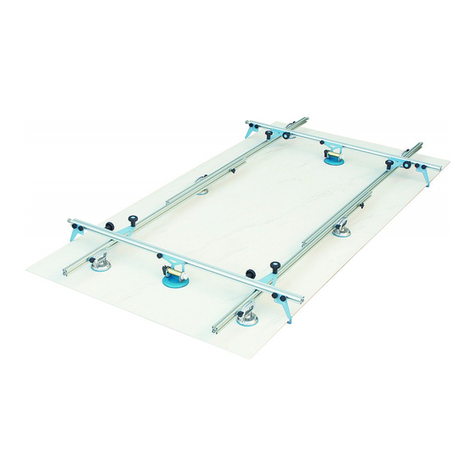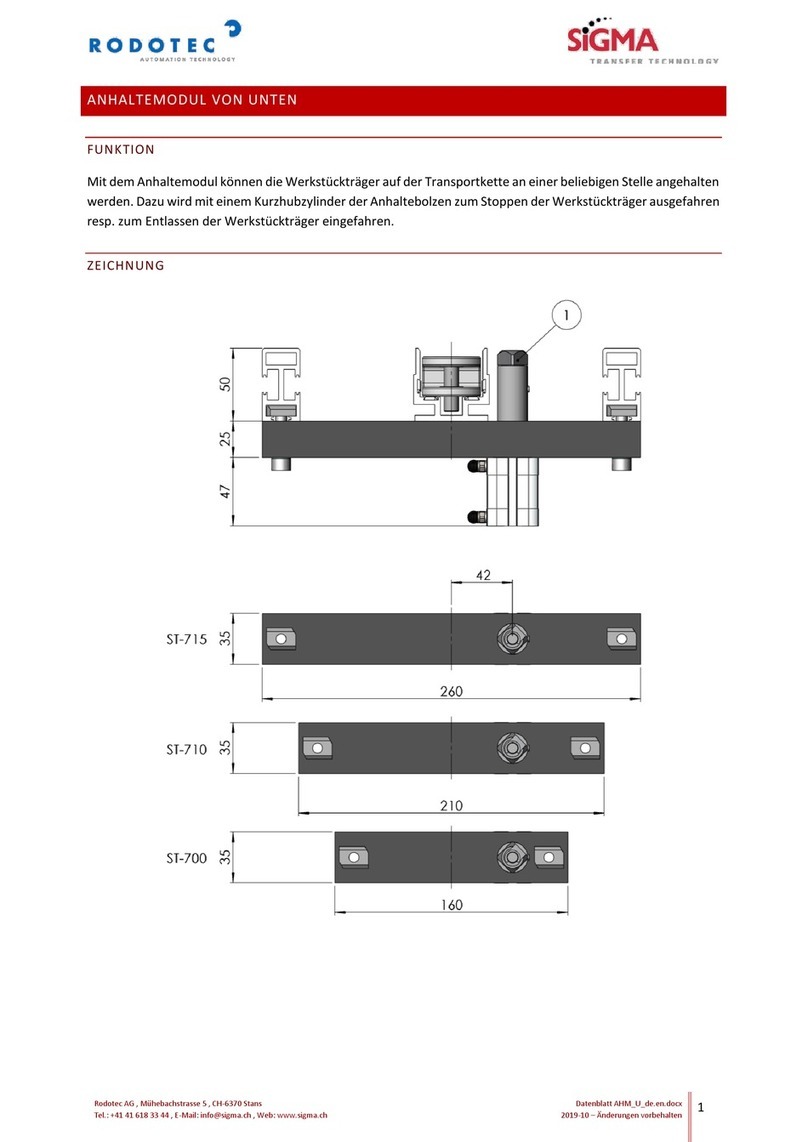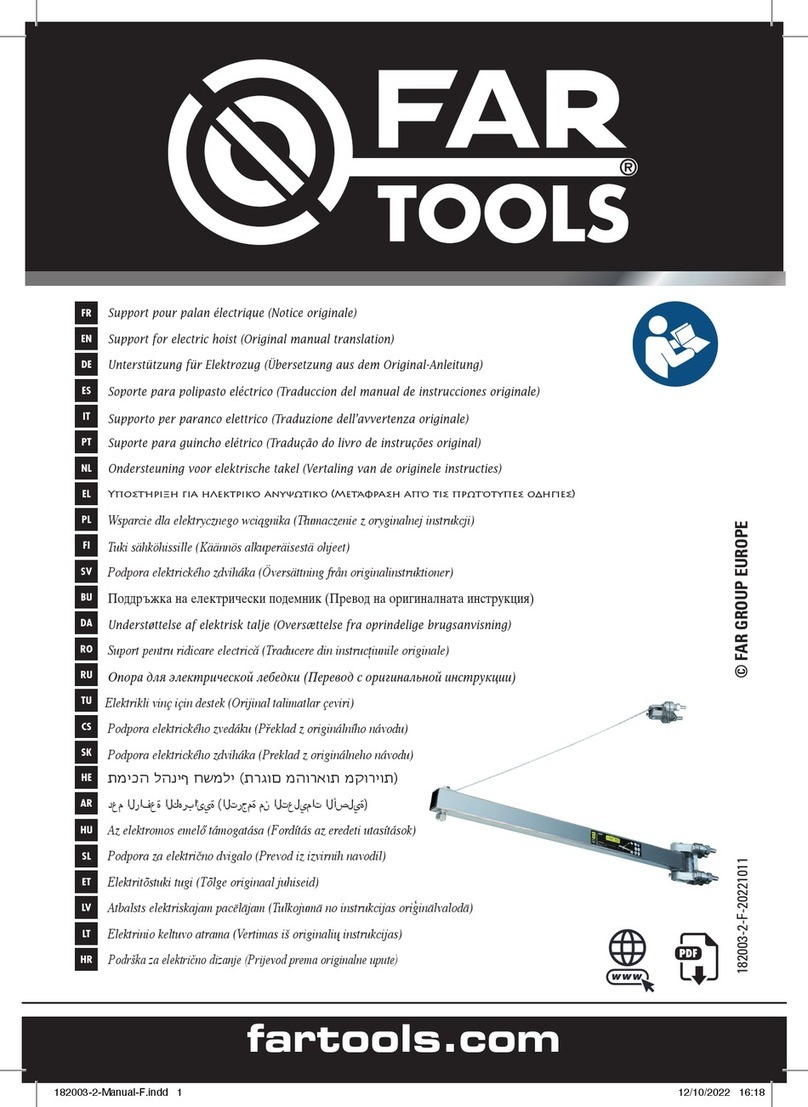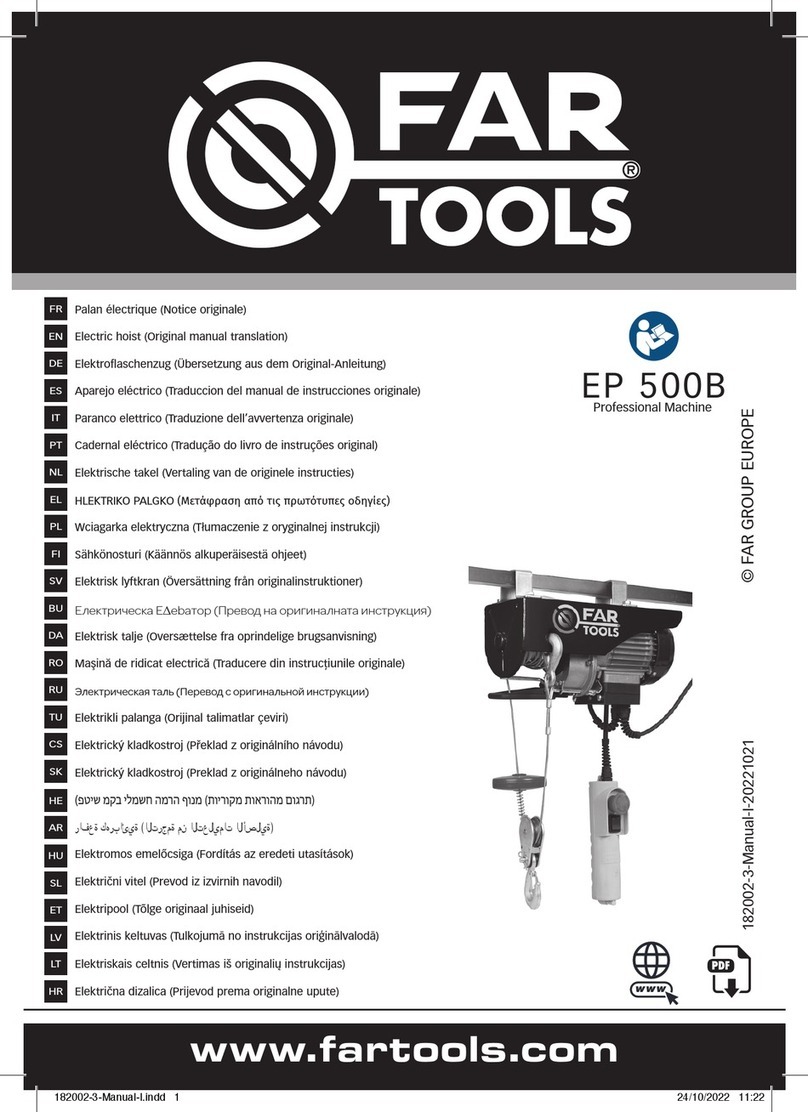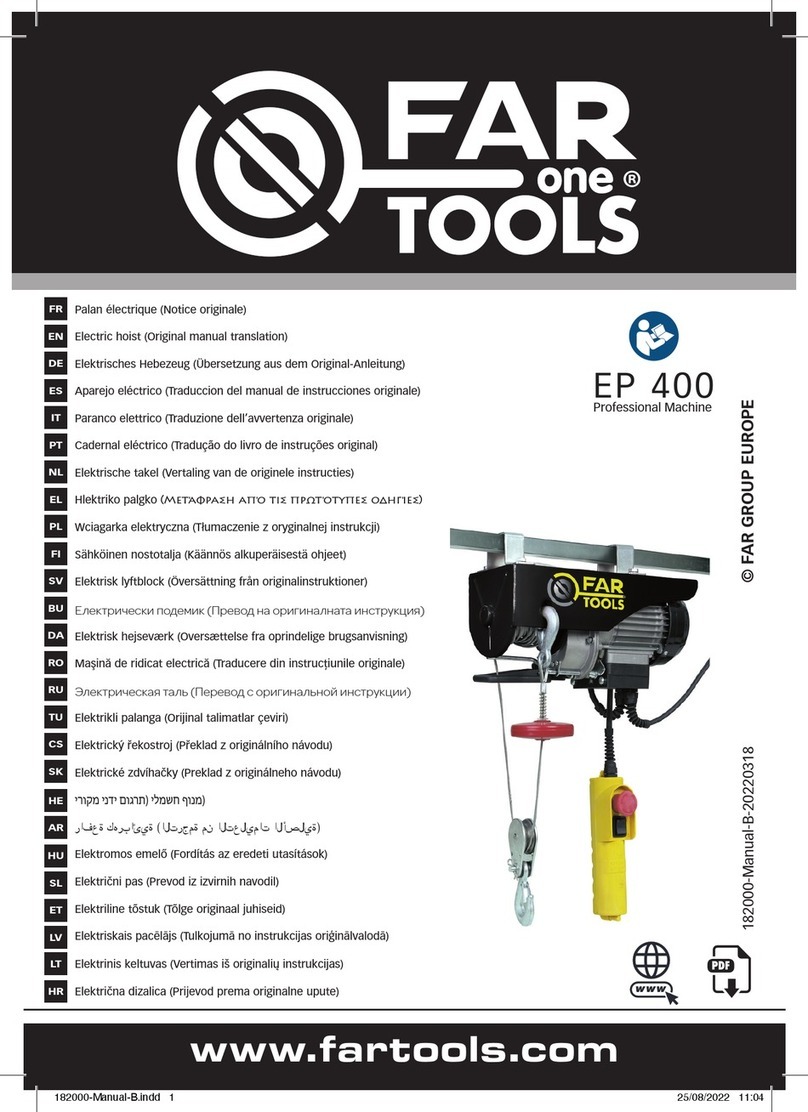
1) La superficie dell’oggetto da sollevare deve essere pulita e asciutta.
1) The surface of the object to be lifted must be clean and dry.
1) La surface de l'objet à soulever doit être propre et sèche.
1) Die Oberfläche des zu hebenden Objekts muss sauber und trocken sein.
2) Tenere la ventosa pulita e lontana da polveri ed acqua.
2) Keep the suction cup clean and away from dust and water.
2) Garder la ventouse propre et loin de la poussière et de l'eau.
2) Halten Sie den Saugnapf sauber und von Staub und Wasser fern.
3) Maneggiare la ventosa con cura onde evitare di danneggiare la superficie di presa, in particolar modo i bordi di
gomma in rilievo.
3) Handle the suction cup with care, to avoid damage to the grip surface, especially the raised rubber edges.
3) Manipuler la ventouse avec précaution, afin d'éviter d'endommager la surface de préhension, en particulier les bords
en caoutchouc en relief.
3) Behandeln Sie den Saugnapf vorsichtig, um Beschädigungen der Greiffläche, insbesondere der erhöhten
Gummikanten, zu vermeiden.
4) Evitare urti o cadute della ventosa.
4) Avoid bumps or falls of the suction cup.
4) Eviter les bosses et les chutes des ventouses.
4) Vermeiden Sie Schläge oder Erstickungsstürze.
5) Evitare esposizioni prolungate ai raggi solari e freddo intenso.
5) Avoid prolonged exposures to sunlight and intense cold.
5) Eviter expositions prolongées à la lumière du soleil ou au froid intense.
5) Vermeiden Sie längere Sonneneinstrahlung und starke Kälte.
6) In caso il pistone fuoriuscisse rapidamente pur essendo
la ventosa in presa, pulire e lubrificare la guarnizione
indicata.
6) In case the piston quickly comes out even though the
suction cup is sucking, clean and lubricate the indicated
gasket.
6) Au cas où le piston sortirait rapidement, même si la
ventouse est en prise, nettoyer et lubrifier le joint
d'étanchéité indiqué.
6) Falls sich der Kolben schnell dreht, obwohl sich der
Saugnapf in der Fassung befindet, reinigen und schmieren
Sie die angegebene Dichtung.
CONSIGLI PER EVITARE PERDITE DI PRESTAZIONI DELLE VENTOSE:
RECOMMENDATIONS TO AVOID LOSSES OF SUCTION CUP'S PERFORMANCES:
CONSEILS POUR EVITER LA PERTE DE PERFORMANCE DES VENTOUSES:
RATSCHLÄGE ZUR VERMEIDUNG VON LEISTUNGSVERLUSTEN:
7












